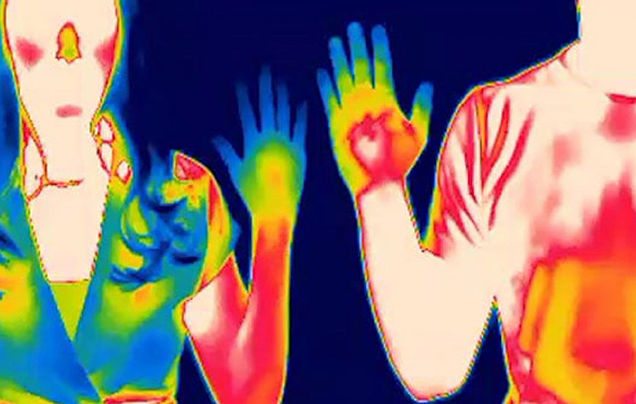Thermal camera is an imaging system that is based on invisible IR energy (heat) as an imaging method and determines the general structure of the image based on IR energy. It can be used for security purposes in general, but it is also open to use in a wide variety of sectors. Its importance has increased with the development of vision systems and similar military techniques.
In the electricity sector, it is used to detect electrical problems. The problem can be easily detected with thermal cameras by observing the heating that occurs in the material during the passage of electric current. By observing overloaded power transformers, cables, contact points, capacitors through thermal camera, problems in the heated points can be detected without any electrical measurement.
In the field of civil engineering, it is used to detect metal fatigue in steel structures, and to detect mold, moisture or cracks under plaster.
In the images taken by these devices, warm regions are shown in light color and cold regions are shown in dark color. Blue shows the coldest part while yellow shows the warmest part. The color passes from blue to yellow or red, depending on the ambient temperature.
All objects with body temperature above -273 degrees emit
thermal energy. The strength of the emitted energy changes depending on the
temperature of the objects. Thermal energy is emitted in the infrared region
that is invisible to human eye. This range is between wavelengths of red light
and microwave. Thermal cameras allow us to clearly see the problems that are
not visible to human eye in normal conditions
but can have serious consequences.

